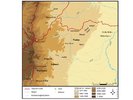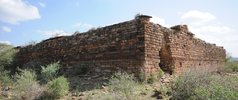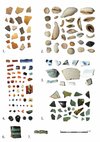
In Search of Gendabelo, the Ethiopian “Market of the World”of the 1...
Oral traditions collected in 1993 and 2002 in the Ifāt region in Ethiopia by Ahmed Hassen Omer refer to Gendabelo as a big international market during medieval times. The informants explained that ...



